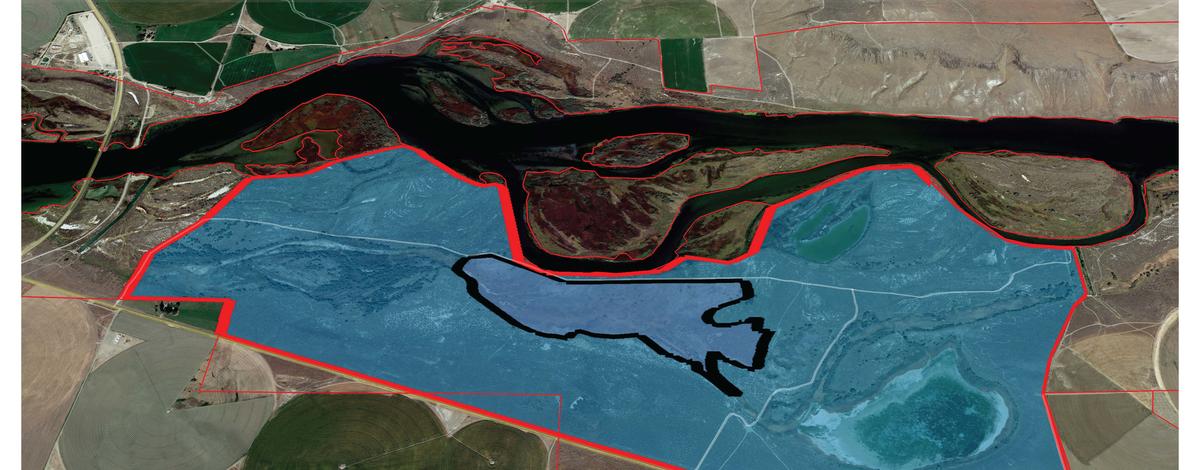Idaho Fish and Game, in conjunction with the Bureau of Land Management, will be conducting prescribed burns on the Bruneau Duck Ponds segment of the C.J. Strike WMA between December and March, depending upon weather conditions.
Fire activities will include burning approximately 100 machine piles of Russian olives from recent removal activities to reduce future fire risk, as well as a broadcast burn of 230 acres that will reduce the amount of emergent aquatic vegetation to improve waterfowl and shorebird habitat.
The Bruneau Duck Ponds segment will be closed for two to three days for the burning of the slash piles during the late fall or early winter, and an additional two to three days for the broadcast burn – likely in the early spring.
“In the long term, these prescribed burns result in habitat improvements that benefit shorebirds, waterfowl, pheasants and ultimately improve hunting opportunities at C.J. Strike WMA,” said Zachary Huling, Regional Wildlife Habitat Biologist.
Hunters should be aware that, if the burns occur while pheasant season is still open, Fish and Game will not stock the Bruneau Duck Pond segment before the burns and will stock pheasants designated for this area in other portions of the C.J. Strike WMA. Stocking in the Bruneau Duck Ponds segment will resume after the burns are complete.
Before starting any burn, fire managers will wait for adequate moisture levels in the project area to minimize unintended fire spread. Once initiated, prescribed burning operations are expected to last up to three days, with personnel and equipment patrolling areas up to two weeks afterwards. Smoke from these prescribed burns has the potential to be visible from large distances due to the projects’ locations, vegetation types and burning conditions.

